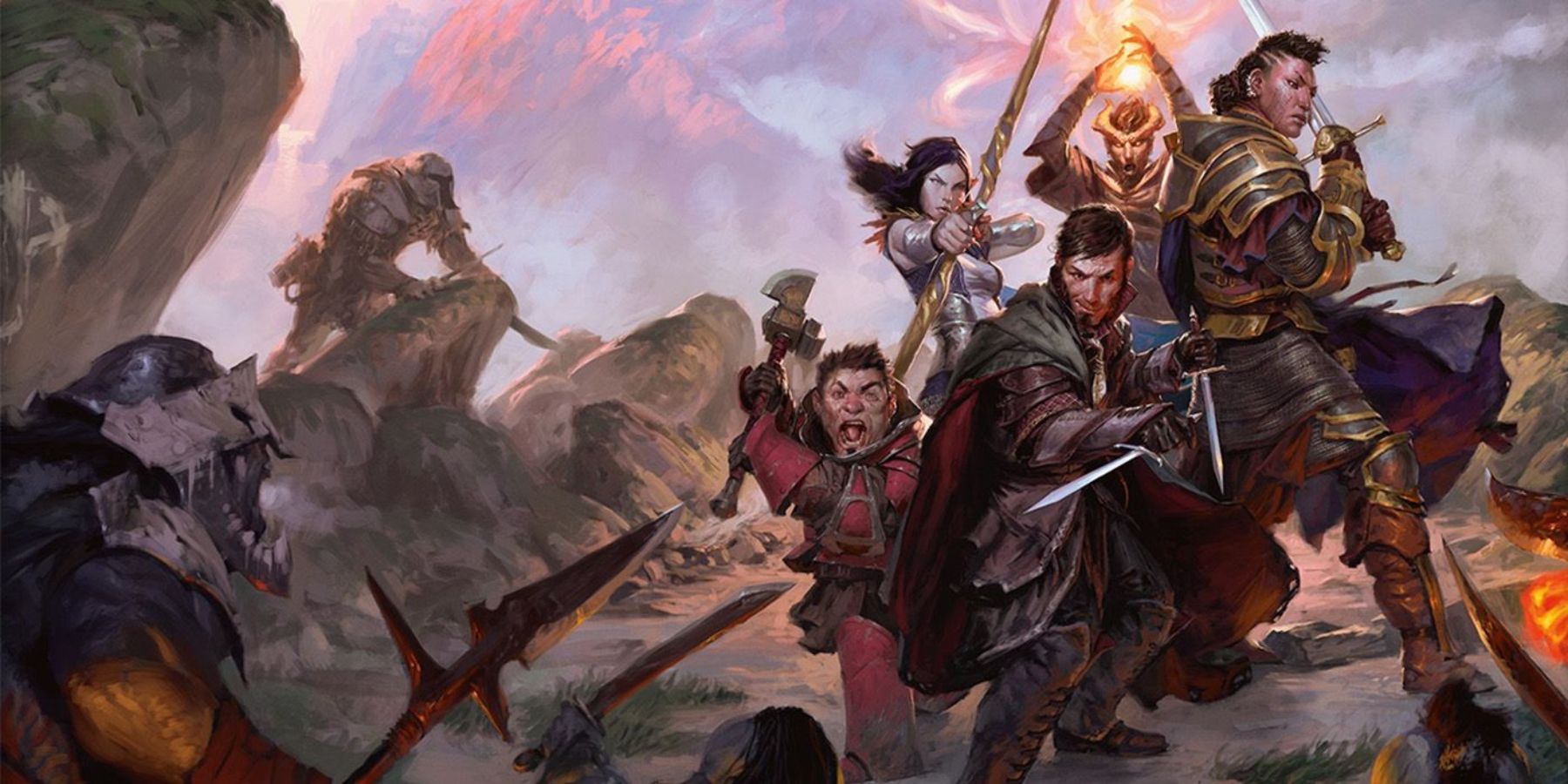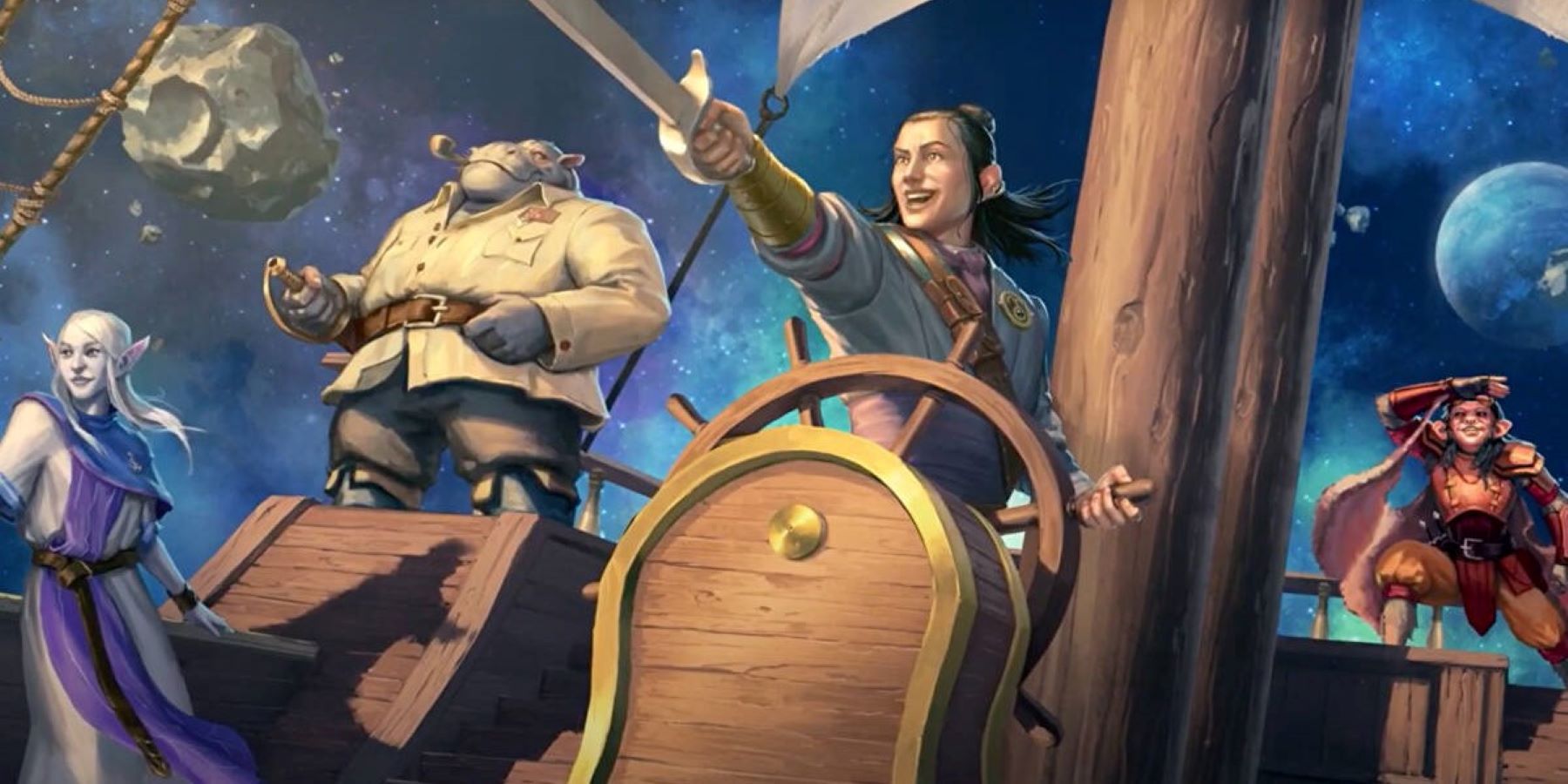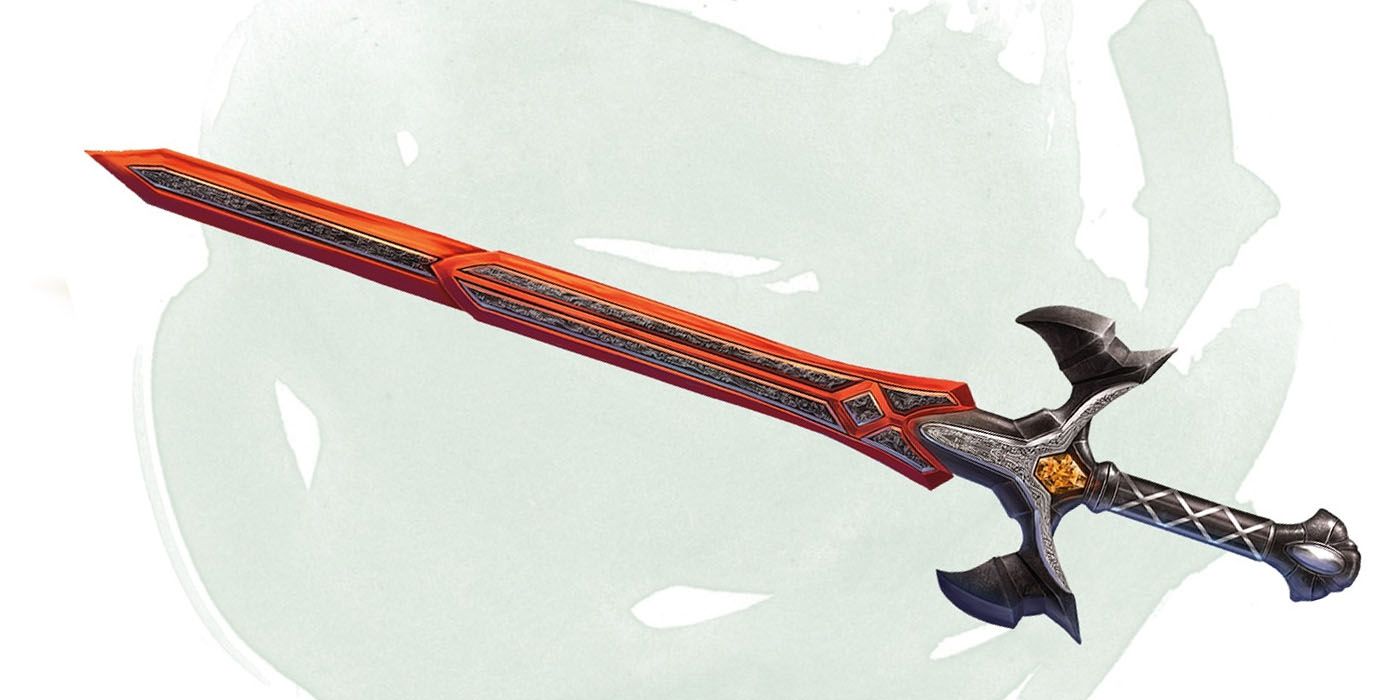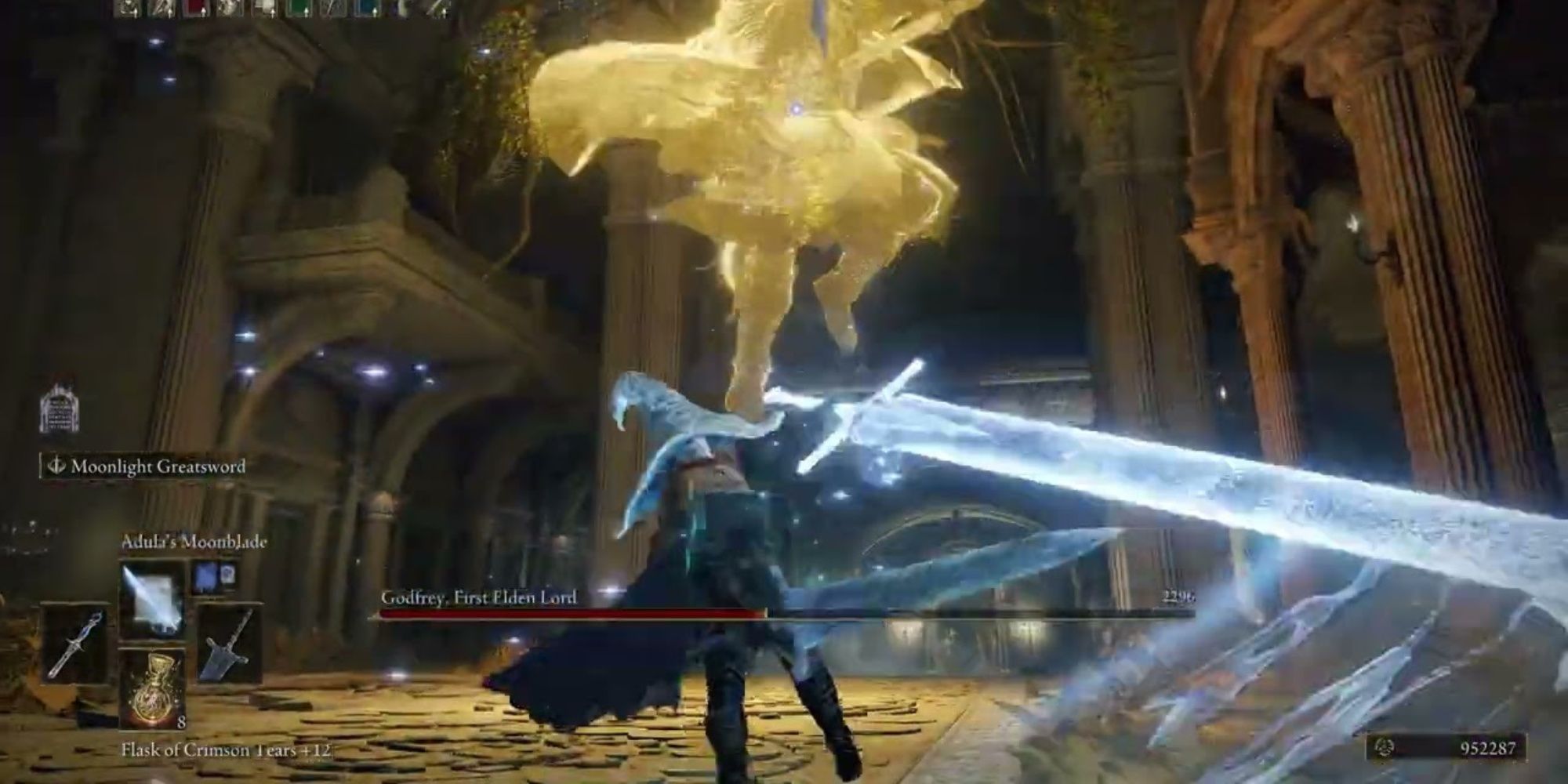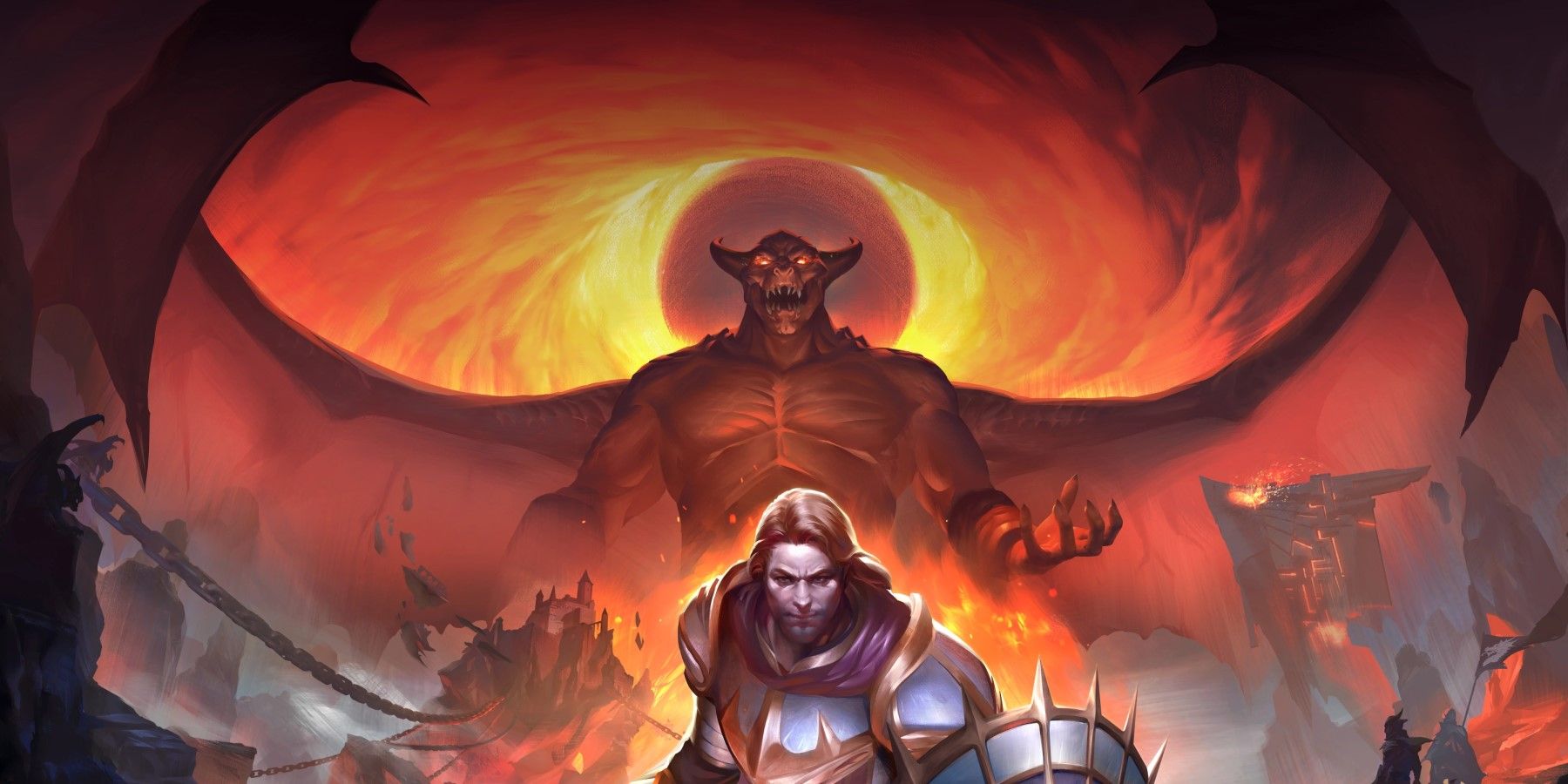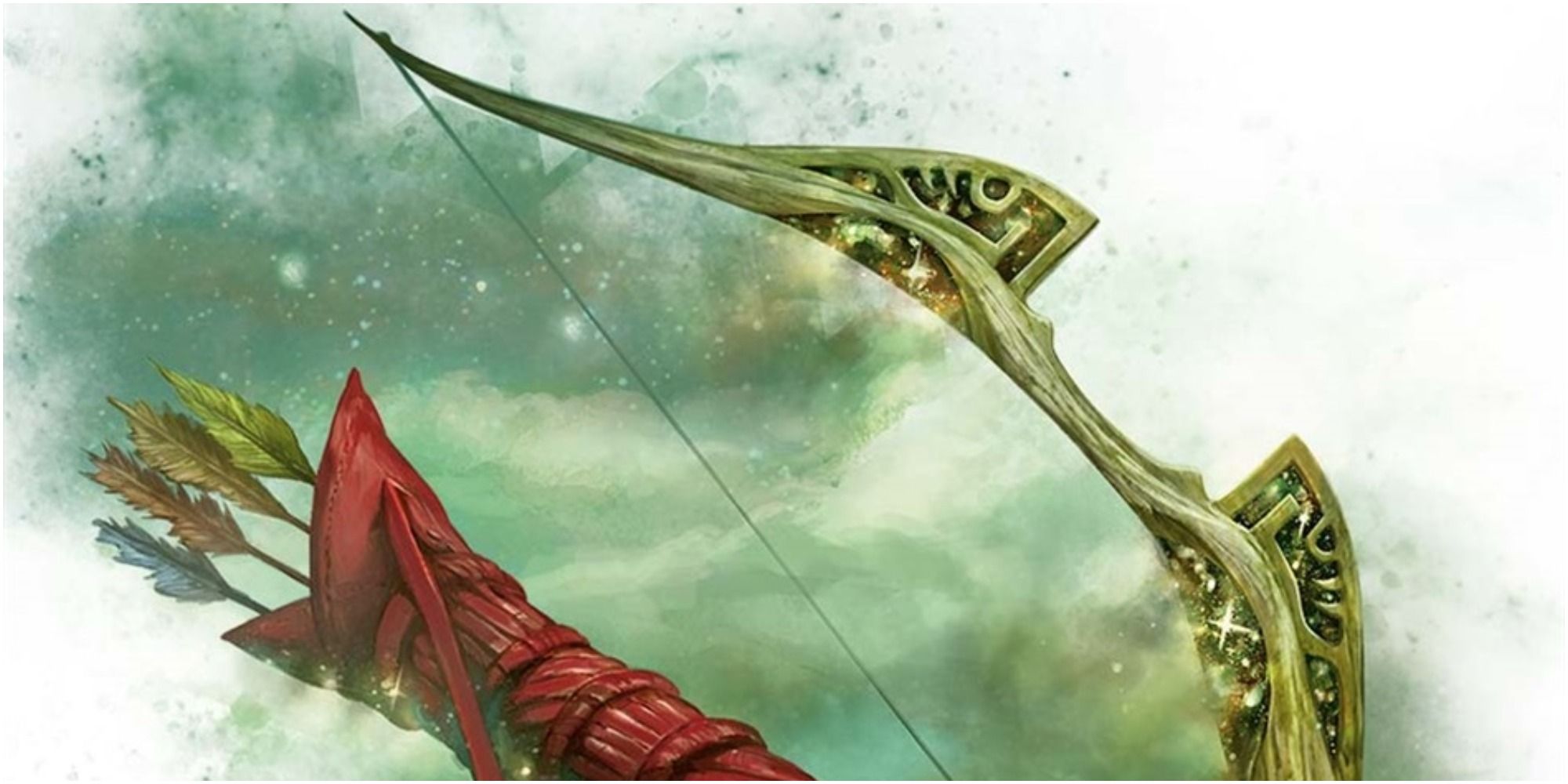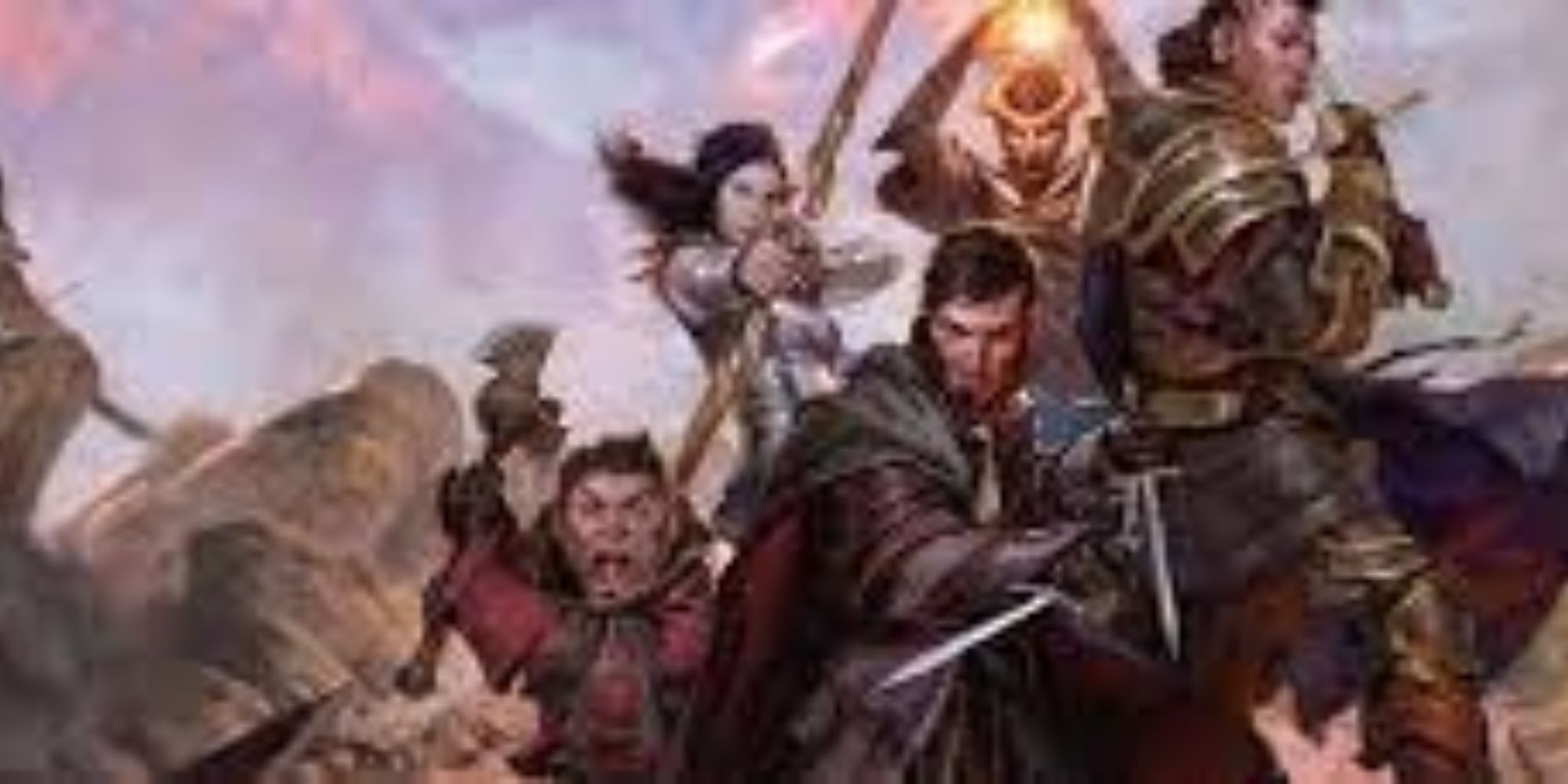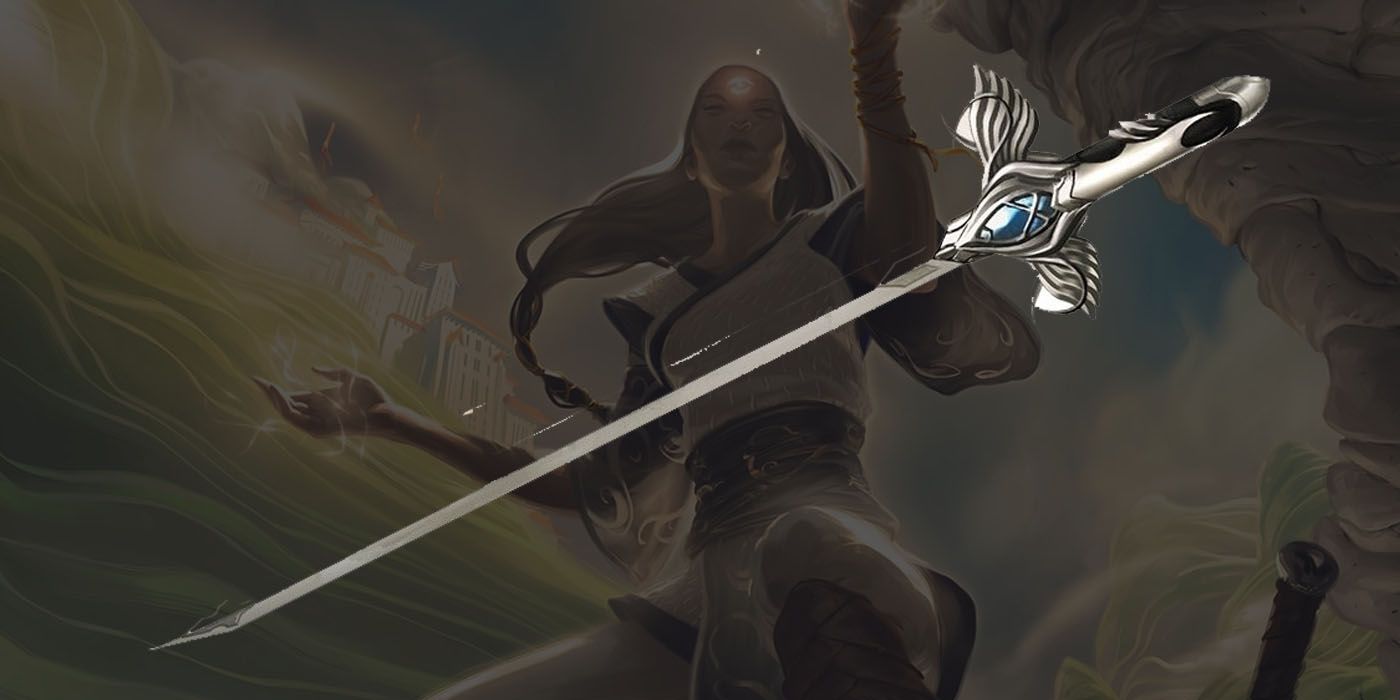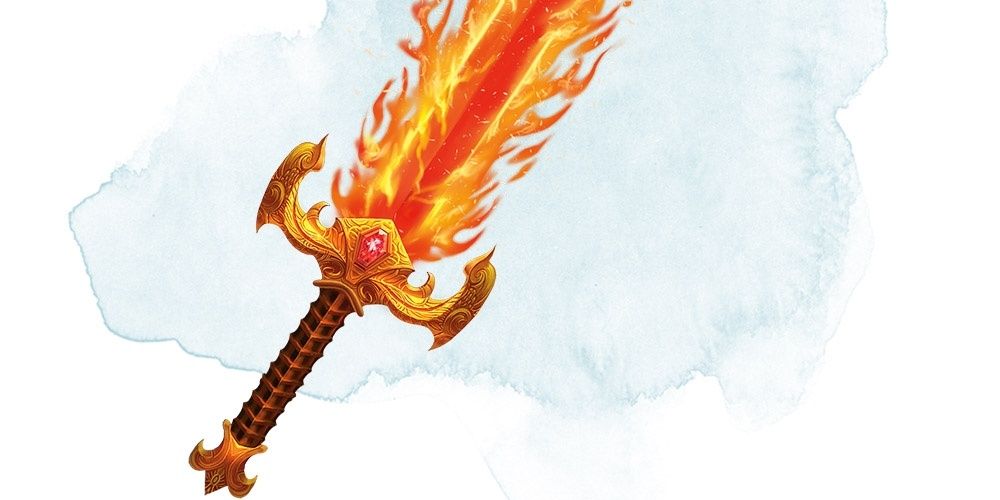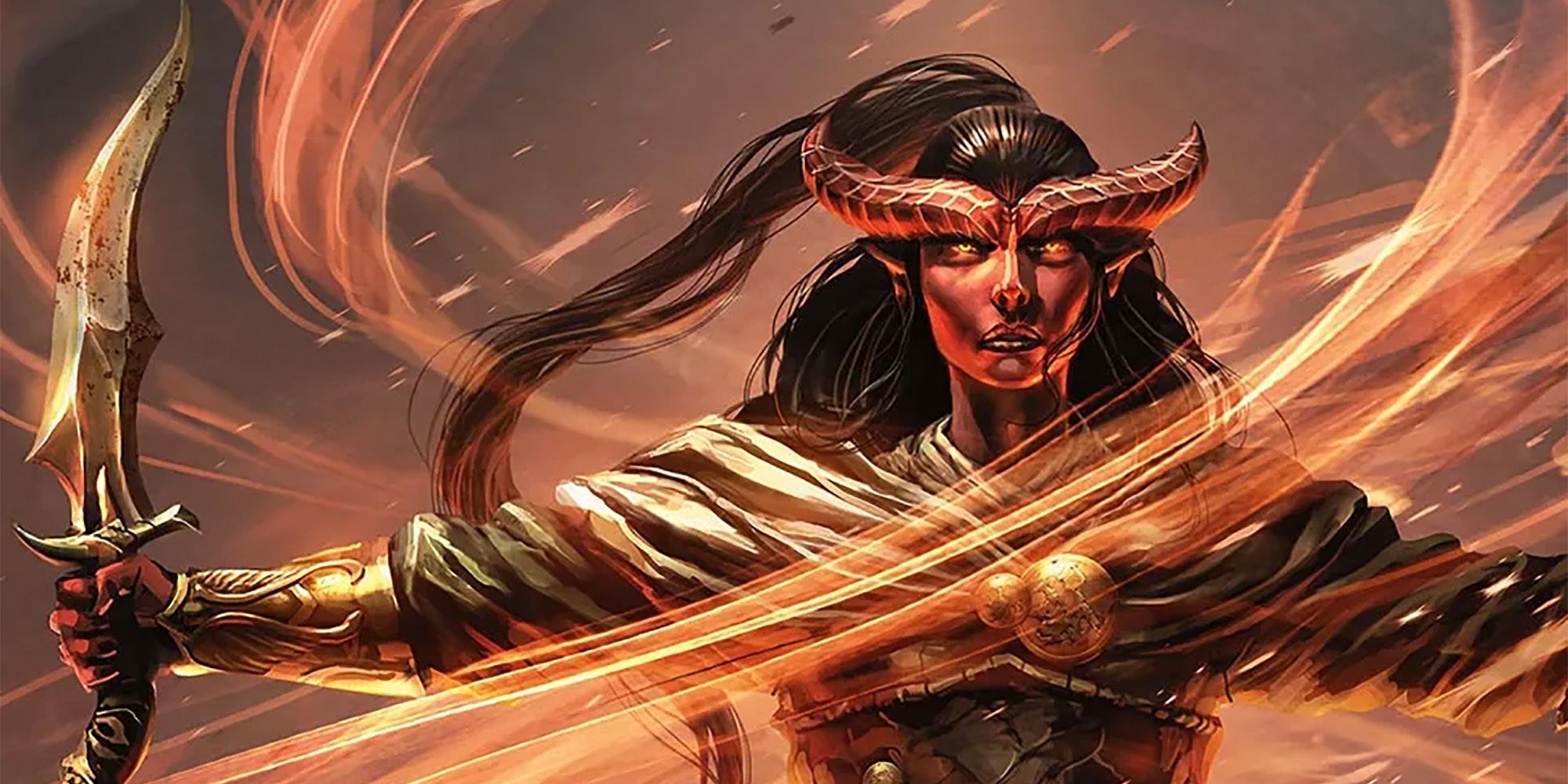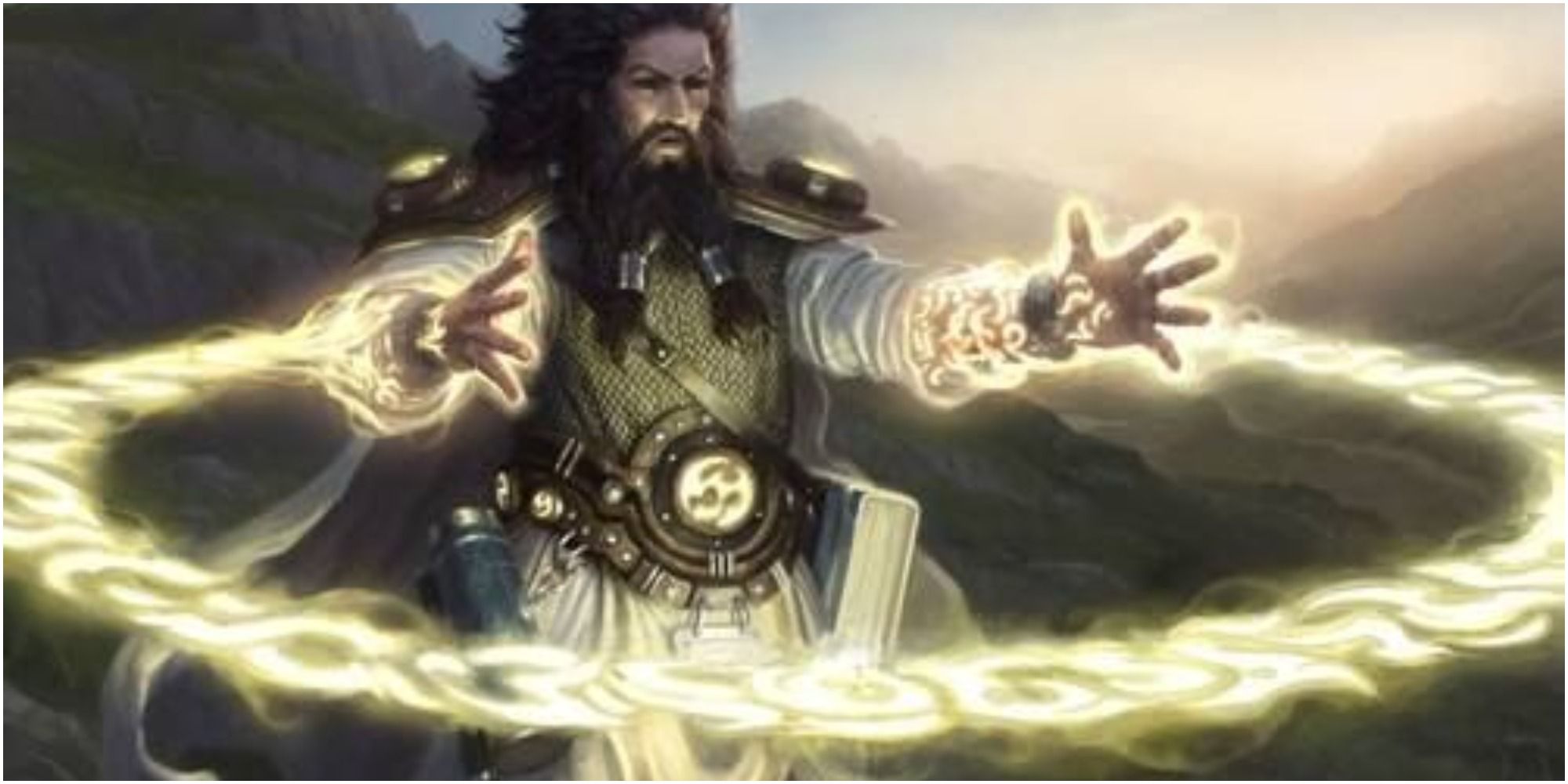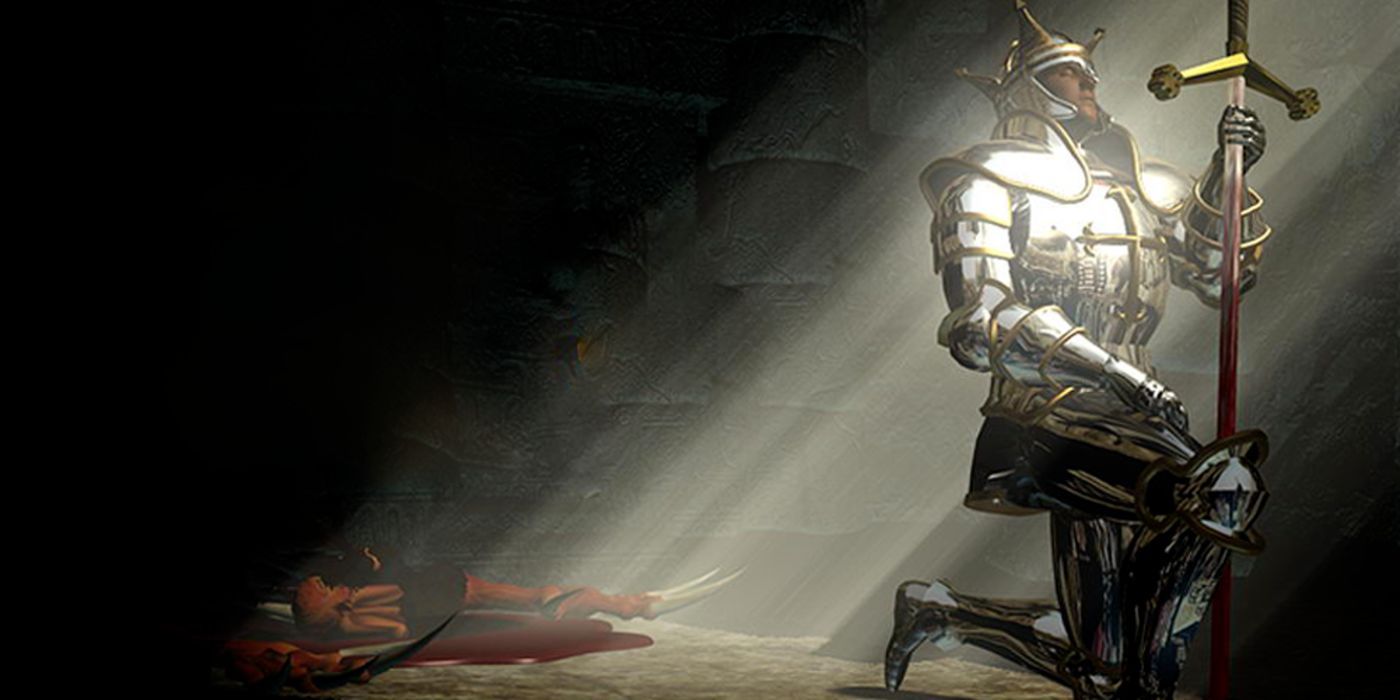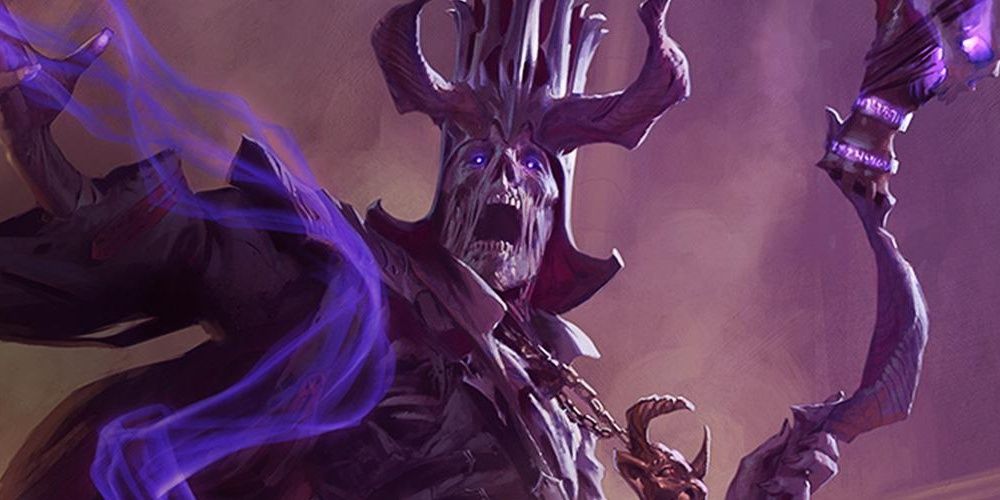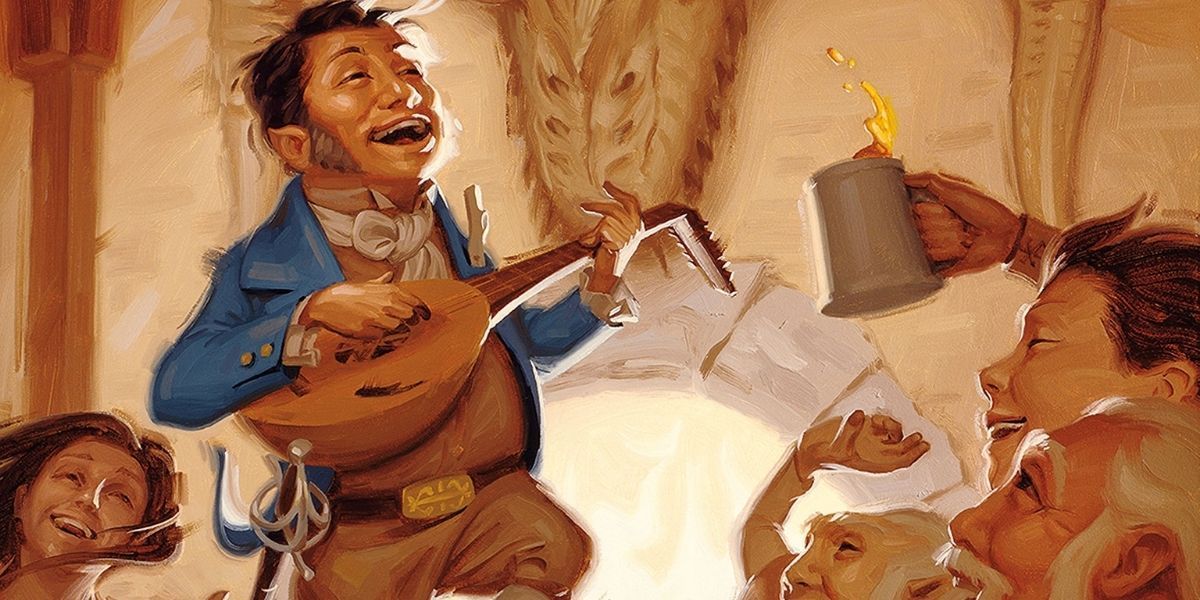Bards are not known for being a fighting class regardless of the game in which they appear and are often advised to stay out of the thick of battles. That doesn't mean that they should explore the world empty-handed and unprotected. Bards need a few weapons on hand to defend themselves if an incident should occur and to help their party amid a fight.
Players that are experienced or who want to learn more about the class will be curious about some of the ideal Bard weapons and the places in which players are most likely to find them. Their unique fighting styles and limitations are considered when we choose the perfect weapon for one of Dungeons & Dragons' most iconic and versatile support classes. Multiclassing is a common and ideal option, with players opting for combing their Bard with a Theif, Fighter, Cleric, Paladin, or Warlock to give them more weapon abilities.
Updated July 27, 2022 by Kristy Ambrose: As long as the D&D universe keeps evolving and expanding, the lists that focus on the original tabletop role-playing fantasy game will also grow. Even more, options exist for Bards that would prefer to wield melee weapons and take a more active role in combat situations.
The typical Bard in a D&D 5e game starts with proficiency in all simple weapons, pistols, longswords, rapier, sap, short sword, short bow, and whip. It's a decent variety and a creative player with an understanding DM can use Backgrounds and Feats to equip a Bard with just about anything depending on the module.
14 Luckblade
For Bards that want to be a part of the action, the Luckblade may be a perfect choice. The Luckblade is a legendary property that can be applied to any kind of sword.
The Luckblade gives the weapon a +1 bonus to attack and damage rolls, gives it the ability to use charges of the spell "Wish," and allows players to reroll on any failed roll once per day. This wonderful weapon can be found in dragon hoards or hidden in a noble family's treasure vault.
13 Vorpal Sword
Also referred to as the Vorpal Blade, this potential Bard weapon comes in three forms depending on the specific adventure. It can be a longsword, a greatsword, or a scimitar, and it's a good choice for a Bard that likes melee combat or fire damage. The name of the sword is a reference to a sword that appeared in "Jabberwocky," a story by Lewis Carroll.
Fighters and rogues also like the Vorpal Sword, which is equipped with +3 attack damage and a bonus against slashing damage. Where the player can find this sword is up to the DM, but it's a legendary item, meaning it's going to be stowed away in a Beholder's hoard, possessed by a powerful enemy, or for sale from the local Adventurer's Mart for a few thousand gold.
12 Moonblade
Sometimes a party does not have a tank character that can absorb damage without losing HP points. In that case, it is important to equip your Bard with weapons that can both keep them safe and help them aid their party in taking down enemies.
Passed down through Elven families, the Moonblade in 5e is important to note that this weapon may lock its special abilities from non-self characters. If you can unlock the weapon, will let you use it and its numerous magical and wonderful properties. The Moonblade gains a new effect when it is passed down and can do anything from emulating a Vorpal sword, storing spells, summoning an elven ancestor spirit, and even blind people.
11 Tinderstrike
Sometimes a Bard needs to protect themselves from melee attacks, and sometimes they need a discreet weapon that can be used to intimidate enemies and be easily thrown to take down enemies from a distance. This little dagger also gives players the ability to speak Ignan, the language of fire, resist fire damage, dominate monsters, and create a devastation orb, which is a big bomb.
The downside is that Tinderstrike makes players act recklessly and be oblivious to consequences, but such things are natural traits to the class. This Bard weapon can be found on the plane of fire or anywhere an uncontrollable blaze is raging.
10 Oathbow
Bows have the benefit of giving Bards the ability to stay out of the action while also contributing to the fight. They can take down enemies without taking much damage themselves, limiting the rest that they need afterward, but this is not your average bow.
This Oathbow has a Command Phrase that will target any enemy the player wants and give them an advantage on attacks against that creature as well as 3d6 bonus damage. It is important to note that the creature also can't benefit from cover. This bow can be found in wood elf forest cities, usually in the possession of royalty or heroes.
9 Arrow Of Slaying
Strictly speaking, this is ammunition as opposed to a weapon, but it's so useful and fun, plus very accessible to the short bow-wielding Bard, that it deserves a note. The name might seem obvious because this is something that all arrows should be doing, but these arrows are enchanted to damage a specific creature.
Arrows exist for slaying dragons, trolls, demons, and whatever other magical creatures the Bard and their friends expect to encounter on the road. These are very rare, and also exist in cross-bolt form. Players can find them stashed with greedy monsters, hoarded by magical creatures, or purchased from a vendor that specialized in enchanted or rare items.
8 Dancing Sword
A wonderful way for a Bard to stay out of the fight while still being able to contribute is by being able to puppeteer a sword. The Dancing Sword is a sword that floats by itself and can perform attacks while the player is otherwise occupied. It is important to note that it does use a bonus action to move and attack with the dancing sword.
To get one for yourself, request that a trust wizard craft one for you or attempt to find it in secret stashes of magical goods.
7 Flame Tongue
Flame Tongue has a few nice perks on top of the extra 2d6 fire damage, such as being able to use this Bard weapon as a torch. It only ignites when the bearer uses a special Command Word, to ensure it doesn't burst into flames the second it's drawn from the sheath.
The Flame Tongue is available in every form of sword in D&D, so it could be a longsword, short sword, or a rapier that any Bard can wield. It's a lower-level magical item and one of the first many players get, partly because it's often available from a local vendor. That doesn't mean it's cheap, however, since no magical item ever is.
6 Hexblade
The Hexblade is considered a pact weapon and is normally associated with Warlocks. This means that it is a weapon that players can attune to themselves and summon upon request. It is important to note that a Bard will have to dip into the Warlock class to obtain full use of this weapon.
A Hexblades pact weapon uses Charisma as its attack stat, rather than relying on Strength or Dexterity. Since Bards are known for being a rather charismatic class, this makes it a perfect weapon as players will tend to favor this stat when doling out points. The best thing about this is that the pact can be attached to any weapon.
5 Sacrificial Dagger
Low-level players require simple, easy-to-handle, and basic weapons. Daggers are already a good starting Bard weapon, due to being a primarily dexterity-focused weapon. Magically enhanced with powers like Vampirism and Life Stealing, this particular dagger was used by a Drow priestess in gruesome rituals.
Evil-aligned characters would be predisposed to this weapon, so Bards that have multi-classed with Warlocks, Sorcerers, or other classes that lean to the darker side of the morality spectrum would appreciate the Sacrificial Dagger. It can be acquired from a chest at the end of the quest "Impossible Demands" or given as a reward for completing the Menace of the Underdark module.
4 Star Of Day
A shortsword that's a relic of the Sun God Amaunator, it was forged to combat the Darkening. The followers of the Sun God play a prominent role in the D&D universe, and if your Dungeon Master takes you to Eveningstar you might be able to find this legendary blade.
Bards that have multi-classed as Clerics or Paladins are ideal for this weapon, but anyone would covet a weapon imbued with both fiery and holy power. It should be noted that you don't have to be a follower of Amaunator to wield the weapon but your character does have to be of a good moral alignment.
3 Defender
It sounds like a weapon for a Defender, of course, although that's not usually a Bard's role. This is a handy and versatile weapon for a melee DPS class. It comes in a wide variety of swords so there's something here for almost every class. The +3 attack bonus can be transferred to a character's defense rating on their first attack, which is nice for any melee fighting class.
A legendary item requires a legendary quest or beast. Defender can be acquired from a valuable horde or a dangerous creature, depending on the DM's preferences.
2 Blast Scepter
The Blast Scepter is an offhand item that's used to boost your other attack powers, especially your arcane focus, but it also improves the wielder's resistance to fire and electrical damage. That applies to both melee and ranged characters, so it's ideal for a multiclass Bard character.
It's a rare item that can be found in a variety of places, but DMs opt to hide it in moderate to difficult level dungeons to give it away as a reward at the end of an adventure.
1 Fiddlestick
The Fiddlestick is covert, looking like an innocent violin bow. It's a legendary short sword with an invisible blade. The exact location of the sword is up to your DM, but a clue is that the weapon is an artifact from D. M. Burns, a legendary warrior.
D. M. Burns won a duel armed with only a violin bow and was so impressed that he had the bow magically enhanced. It can still be used as a violin bow, and the Command Phrase, "Oh, Fiddlesticks" gives you an extra attack if you miss your first attempt.

